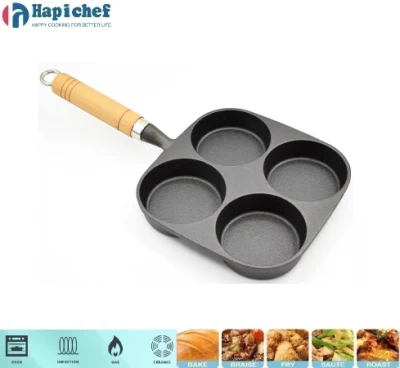cookware
The world of cookware is vast and varied, with countless options available to suit every culinary enthusiast's needs. However, navigating the sea of options can be daunting. As someone who has spent years exploring and experimenting with different types of cookware, I aim to offer insights and professional guidance to help make your decision-making process more informed and reliable.

When it comes to cookware, the materials used can significantly impact your cooking experience and the food's taste and texture. Stainless steel, nonstick, cast iron, and copper are some of the most popular materials each with their own unique features.
Stainless steel cookware is renowned for its durability and resistance to rust and corrosion. This reliable workhorse of a material is ideal for browning and searing, allowing for delicious, crispy exteriors without compromising flavor. Furthermore, stainless steel pans often come with aluminum or copper cores, which enhance heat distribution and retention, making them favored by many professional chefs.

Nonstick cookware has gained popularity for its ease of use and cleaning, perfect for cooking delicate foods like pancakes or eggs with minimal oil. Recent advancements in nonstick technology have addressed previous health concerns, though it remains essential to use them at temperatures below 500°F to prevent damage to the coating.
Cast iron is lauded for its remarkable heat retention and even cooking. Properly seasoned cast iron pans can last a lifetime, offering a naturally nonstick surface that improves with use. These heavy-duty pans are perfect for slow-cooking and baking, providing an unmatched depth of flavor to dishes. However, they do require some maintenance, including regular seasoning to prevent rust.
cookware
Copper cookware is celebrated for its superior conductivity, allowing for precise temperature control. This quality makes it a favorite among experienced cooks who require responsiveness in temperature changes for complex recipes. However, copper is reactive and can affect the taste of certain acidic ingredients, so many copper pots and pans are lined with stainless steel.
From a professional standpoint, choice of cookware significantly affects not just cooking efficiency but also food quality. Experienced chefs often maintain a diverse collection of cookware, selecting different materials to suit specific dishes.
Regarding safety and trustworthiness, it's crucial to source cookware from reputable manufacturers that comply with food safety standards. Always scrutinize product reviews and expert recommendations to ensure that you make a well-informed purchase. Many trusted brands subject their cookware to rigorous testing to ensure they meet durability and safety benchmarks, supporting their authority in the market.
In summary, choosing the right cookware entails balancing material benefits with personal cooking preferences and needs. Whether you’re an amateur cook or a seasoned chef, investing in quality cookware enhances not only your culinary skills but also your confidence in the kitchen. By considering factors like material properties, cooking style, and brand reliability, you’re better equipped to select cookware that enriches your culinary adventures.
-
Revolutionary Cast Iron Griddles Redefine Outdoor CookingNewsMay.09,2025
-
The Ultimate Guide to Cast Iron BBQ GrillsNewsMay.09,2025
-
Revolutionize Your Kitchen with Premium Cast Iron Casserole CookwareNewsMay.09,2025
-
Premium Cast Iron Bakeware CollectionNewsMay.09,2025
-
Our Premium Cast Iron Skillets CollectionNewsMay.09,2025
-
Discover the Art of Cooking with Premium Cast Iron Dutch OvensNewsMay.09,2025
-
The Versatility of a Cast Iron CasseroleNewsApr.21,2025
